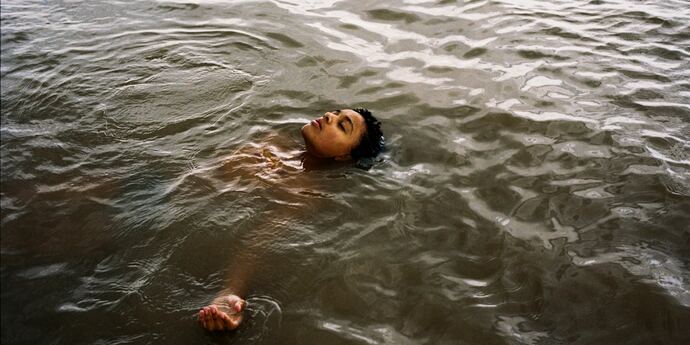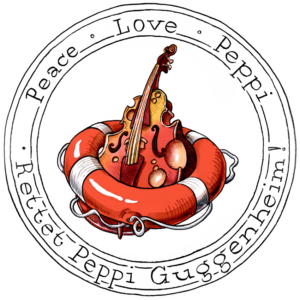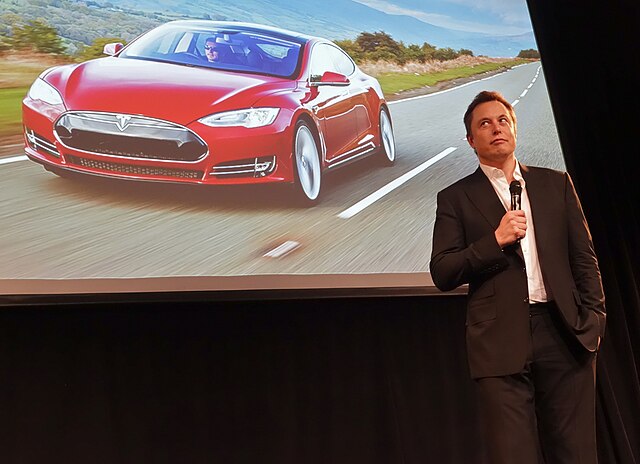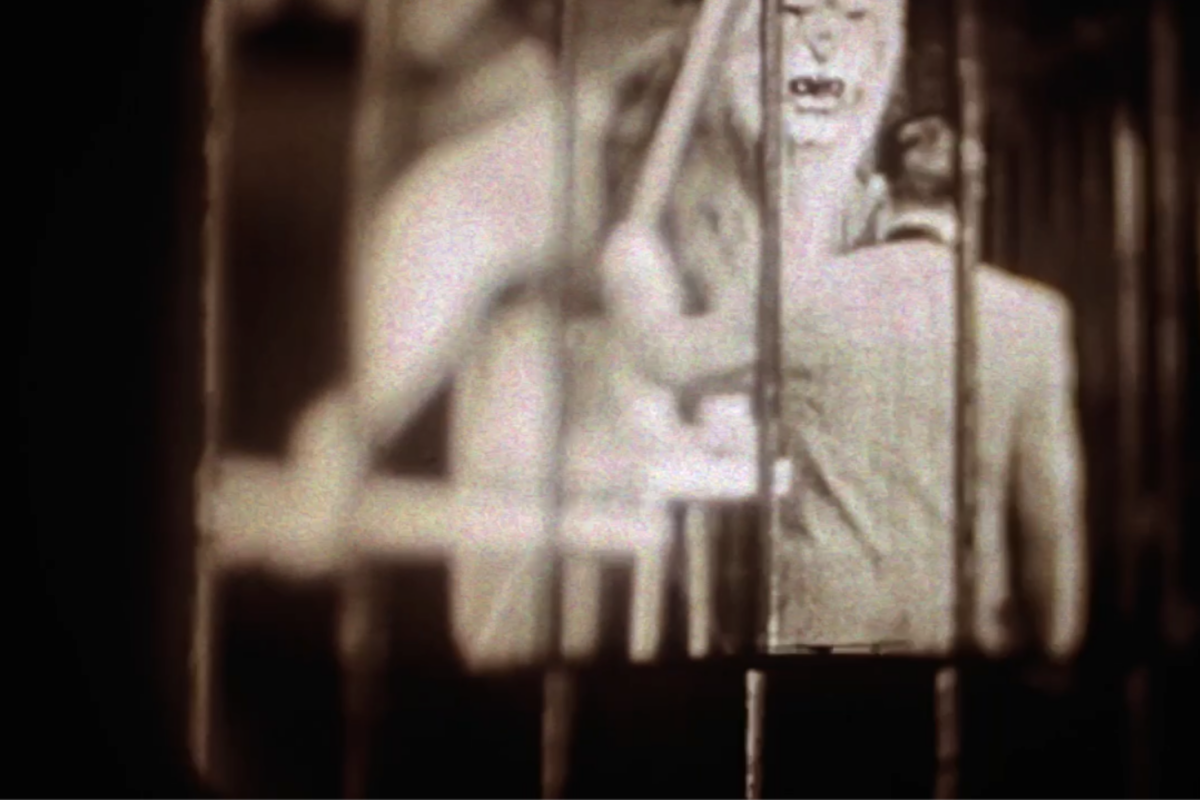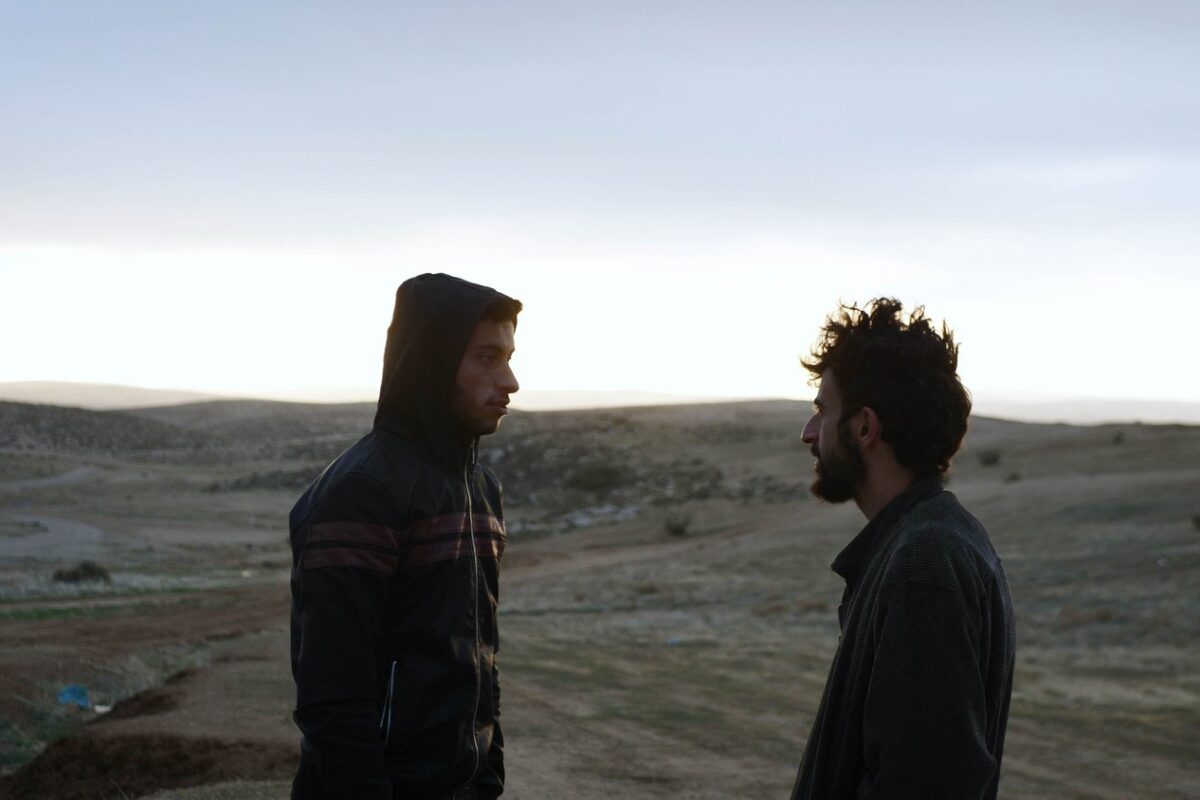Analysis of Andrea Arnold’s latest film
Andrea Arnold’s films often feel like an exceptional foray into the ordinary, and Bird is no different. Bird seeks to demonstrate the depth of connection between filmmaking and the environment, both behind and in front of the camera. In this essay, I’ll carry out an ecopoetic reading of the film to show how the environment shapes the characters’ destinies and offers a new vision for filmmaking. I’ll first analyse the positive effect of technological communications in the film, and specifically how they bring humans closer to the natural environment. Next, I’ll pick out several process cinematography techniques and that show the organic nature of filmmaking itself. Finally, I’ll explore John Skinner’s translation of the term ‘eco-poetics’ as ‘housemaking’ and how it applies to the film.
For those less familiar with Arnold and her work, I’ll briefly run through her trajectory and themes that crop up repeatedly in her films. She first worked in television, before making three short films, the third of which, Wasp (2003), earned her an Academy Award for Best Live Action Short. Her next two feature films, Red Road (2006) and Fish Tank (2009) both won the Jury Prize at Cannes. Since then, she’s adapted Wuthering Heights for the screen in 2011; the feature film American Honey and documentary, Cow were released in 2021. Many of her films cast newcomers in the lead roles —Fish Tank, American Honey and Bird included, painting expansive, emotional portraits of young, often working-class people. Socio-economic problems, class struggle and sexual desire are ruminated on, often in the form of coming-of-age films.
Now, a brief definition of ecopoetics: ecopoetry attempts, through form and theme, to offer insights into interrelationships between nature and culture, language and perception. Writers investigate how syntax, or the shape of the poem may express an ecological ethics. C.A. Conrad’s Ecodeviance: (Soma)tics for the Future Wilderness offers a ‘subversive syllabus for a queer ecopoetics.’ Other brilliant examples of ecopoetry include My First Black Nature Poem™ by LaTasha N. Nevada Diggs and Daisy Lafarge’s collection Life Without Air. I’d also point you towards Māori poet Robert Sullivan’s work, and Craig Santos Perez, but of course there are many, many more writers to find. Ecopoetry has many foci, from the legacies of colonialism and capitalism on land, water and bodies, to activism and archiving.
So, how does Bird engage with an ecological ethics? Communications, in this essay referring to man-made technology that exchanges or imparts information about oneself, plays a noticeable role in the film. First, tattooing: Bug’s body is covered with tattoos of a worm, spider, dragonfly, beetle, and the words ‘Bug Life’, thus enmeshing him in the natural world. The physical body of the main character is inscribed with insects: looking at him requires us to acknowledge the simultaneous existence of all the bugs on him and living in the world, and also how he may interact within this world.
Naming in the film is also illuminating, not just in the denotive ‘Bug’. The choice speaks to how nicknames can be used to tell more about a person’s character. It’s not just him: there’s Bird, Bug’s son Hunter, and even Bailey sounds like ‘bay leaf’. These human activities of naming and self-ornamenting communicate their affection for the natural world, and demonstrate ways in which we strive to connect with the environment in the modern day.
There are many tender moments in the film, and often these feature animals interacting with humans, for example, when Bailey wakes up in a field with many horses. The close-up shots are used for both Bailey and the horses, and the sound of pleasure she makes echoes their snuffling. She films them on her personal device, and in doing so, highlights how phones can hold memories and preserve this encounter for her. She continues to film the animals around her throughout the film. She records the butterfly that lands on her figure, again a very special moment that she can relive. The high-definition camera presents this act in a positive way, because it gives her the space to absorb the creatures, rewatch them and understand them.
Indeed, the myriad ways of capturing the moving image in this film offers an ecological ethics of filmmaking itself. The handheld shooting technique emulates the way in which ecopoetry often adopts a more ‘organic form’: a language of the body and the natural rhythms of thought. The handheld camera draws an equivalence between the wheeling birds in the sky, and the erratic movements of humans: running, chasing one another, riding an electric scooter. Bailey’s own projector enables her to watch a human-sized Bird standing on top of a building. It gives her the opportunity to reflect on her memories of him, and enables her to perhaps change her understanding of Bird and of the moments shared between them.
From interviews with the cast and with Arnold herself, even the logistics of making the film seem ecologically-minded. In an interview with Franz Rogowski who plays the titular character, he recounted that ‘“[Arnold] would wait for the right moment to come, like a hunter, for hours and hours to wait for a bunch of kids to calm down until they could walk across a meadow and own the meadow and be in their own territory instead of being forced to pretend to do something naturally. And that’s her message.” There are many ways to direct, to cast, to film, yet Arnold appears to prioritise more instinctive methods in order to bring a deeper sense of sincerity to her characters and their worlds.
One of the things the film does so incredibly well is to quietly, but firmly, build the characters into flourishing, intricate and large universes that crash and swirl with one another, with ups and downs, idiosyncrasies, dreams and realities, struggles and successes. Jonathan Skinner translates the terms of ecopoetics as ‘house making’, and I think is what much of the film is about: showing lives weaving in and out of one another, both animal and human.
I’d go as far as to suggest that animals, amphibians and insects shape the plot of the film just as much as the humans themselves. The hallucinogenic, slime-producing toad and its moneymaking potential pushes Bug to get married to Kayleigh, as he believes he’ll be able to afford that and more through selling the slime. Not only that, but as Bug and his friends try to initiate the slime production, they play music for it. Bug learns that the toad appreciates sincere music more, and as Coldplay rings out, a different tone settles over the film, more contemplative and caring. Bug’s demeanour changes, and it pushes him to be more present in Hunter and Bailey’s personal tales in the film.
The animals begin to act in mysterious ways that border on the magical, almost as if they understand what’s going on with the humans. It’s a crow that picks up Hunter’s note and drops it on his girlfriend’s balcony. After Bailey screams into the wind, it rushes back at her, announcing Bird’s surprising arrival, and it’s he, changed into a bird, who removes Peyton’s abusive partner. Or, is it Bailey’s imagination? Perhaps the animals’ attention to the humans and the magic in the film leaks out through Bailey’s eyes. However, this makes it no less meaningful. Rather, the power of humans to connect with the animals and manifest a reality in which they interrelate more closely than, perhaps, they do in the so-called real world. As Bird blurs the boundary between avian creature and human, so Bailey begins to notice the birds, butterflies and foxes around her, and her final fox-eyed glow at the end signals a metamorphosis, a potential capacity to become an animal, or a hatching of a new being who’s enveloped in the animal world. With her greater emotional depth and closer relationship to her surroundings, I believe this is a beautiful, ecopoetic finish.
To summarise, the film leans into the intricate, vivid inner worlds of its characters, from their big dreams to their fantasies. The inclusion of magic, which is sparked by animals in the film, develops into an expanded consciousness of the film populated by many creatures. Frogs, butterflies, horses and the wind —all influence the plot just as much as the humans do, and it’s a messy, interconnected, quarrelling group that can’t be divided from one another in the making of their futures.
